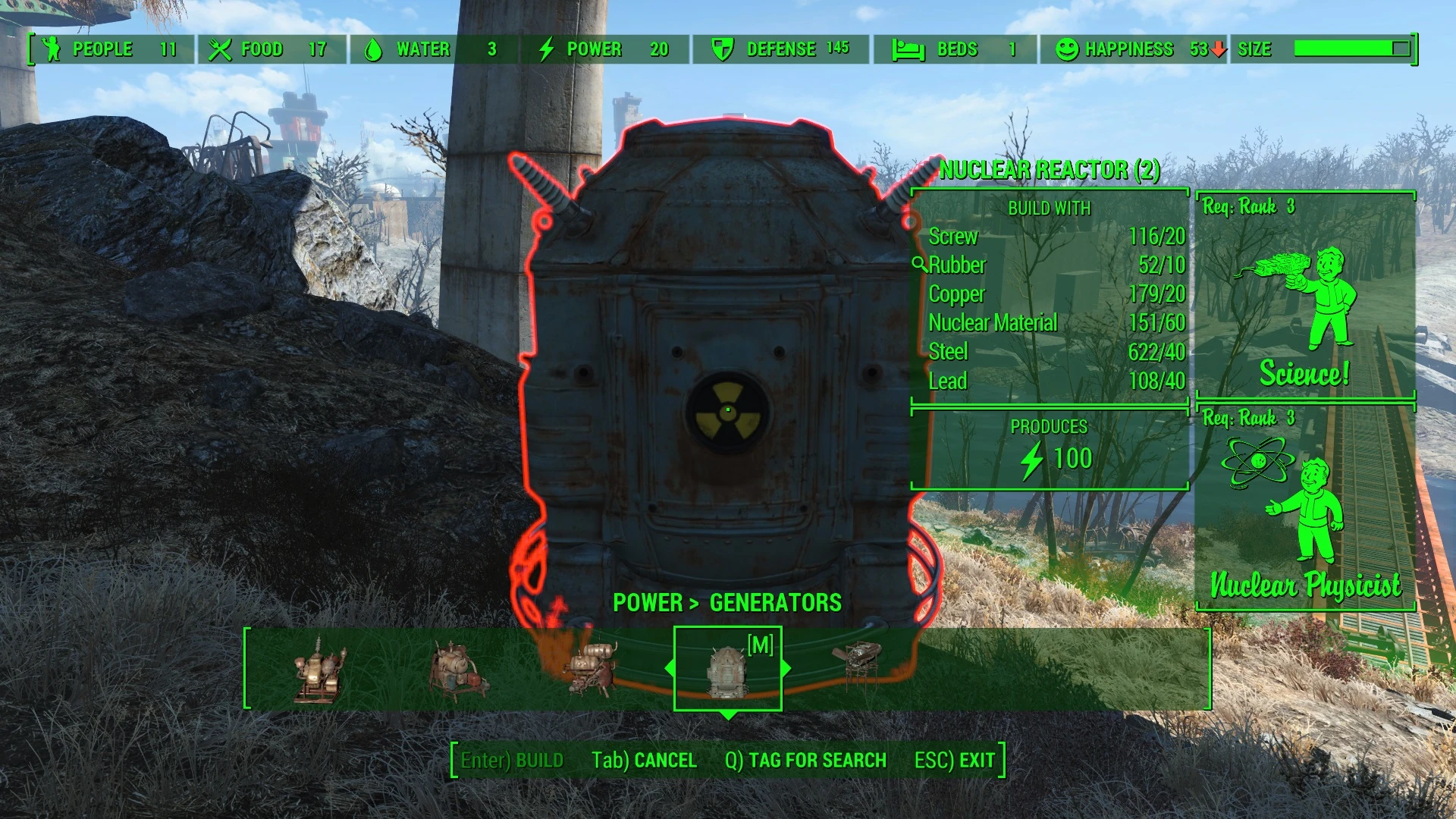

The health consequences of such fallout would depend on the population exposed and the toxicity of the radioactive elements. And spent nuclear fuel could cause further devastation if storage pools were set afire.

Once in the atmosphere, the effluents would settle over thousands of miles, dumping light to very toxic radioactive elements on urban and rural landscapes. Were a reactor core to melt, explosive gases or belching radioactive debris would exit the containment structure.

So, too, could a cyberattack that interrupts plant operations, as would a disruption of offsite power that nuclear plants rely on to keep functioning. Aerial bombing or artillery fire, for example, could break a reactor’s containment building or sever vital coolant lines that keep its core stable. They contain enormous amounts of radioactive material, which can be released in any number of ways. But nuclear reactors are not like other energy sources. Power plants are common targets in modern conflict, because destroying them inhibits a country’s ability to carry on fighting. Given the vulnerability of Ukraine’s nuclear reactors and the human and environmental devastation that would follow if combat were to damage them, Russian President Vladimir Putin should think again about whether Ukraine is worth a war. And Russia itself would be a victim of the ensuing wind-borne radioactive debris. If struck, the installations could effectively become radiological mines. But should the Kremlin pull the trigger, it will encounter a hazard that no invading army has ever faced before: 15 nuclear power reactors, which generate roughly 50% of Ukraine’s energy needs at four sites. LOS ANGELES – Russia’s large-scale military mobilization on Ukraine’s border has grim historic precedents.


 0 kommentar(er)
0 kommentar(er)
